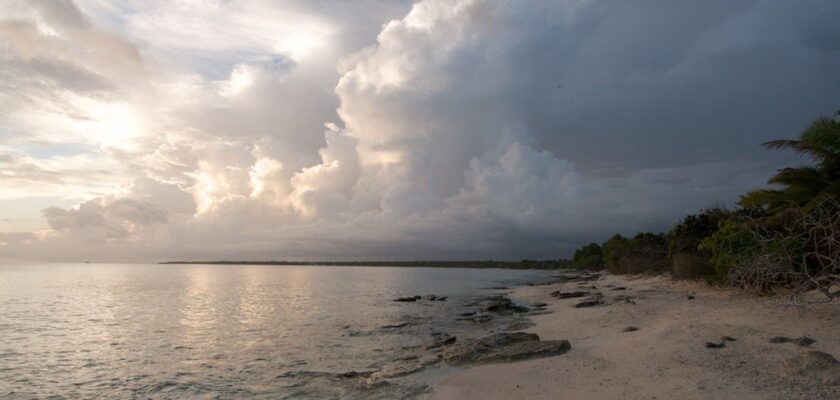Bikini Atoll
Bikini Atoll is known for its beautiful lagoon, clear water, many WWII shipwrecks and loose morals. It is located in the Pacific Ocean, 75 kilometers northwest of Ailinginae Island and 3,400 kilometers from Australia. It is part of the Marshall Islands and the Ralik chain. Among all the dive atolls, Bikini Atoll has the greatest appeal and importance to tourists.
.The shape of Bikini Atoll resembles an oval. It consists of 36 motu (small islets). The land part of the island occupies 6 km² area, and the lagoon area is – 594 km². The territory of the island is covered with dense vegetation, especially pisonia. The climate is tropical. Bikini Atoll is prone to destructive cyclones.
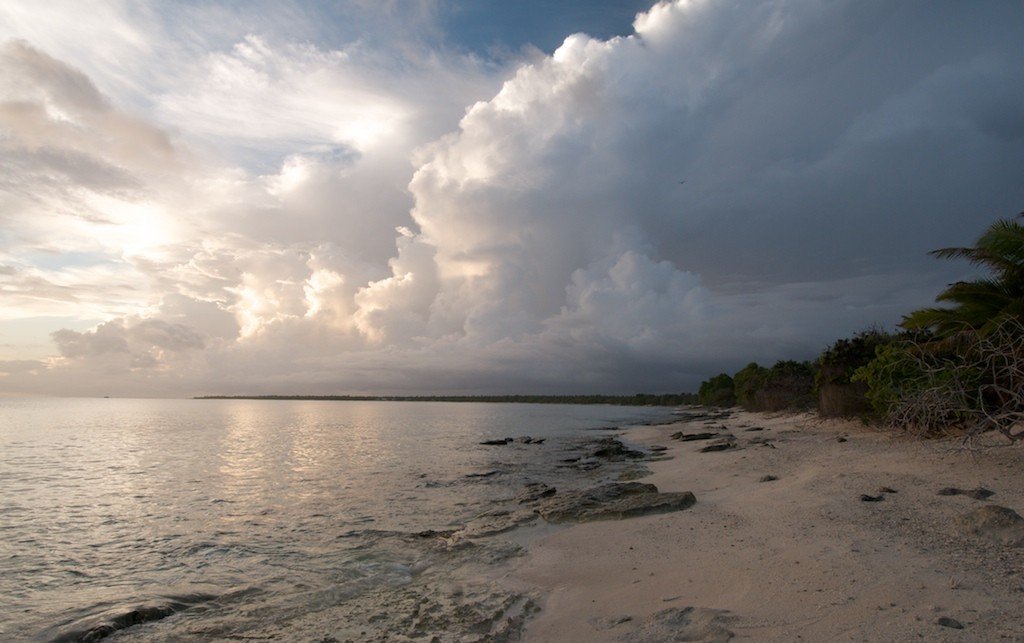
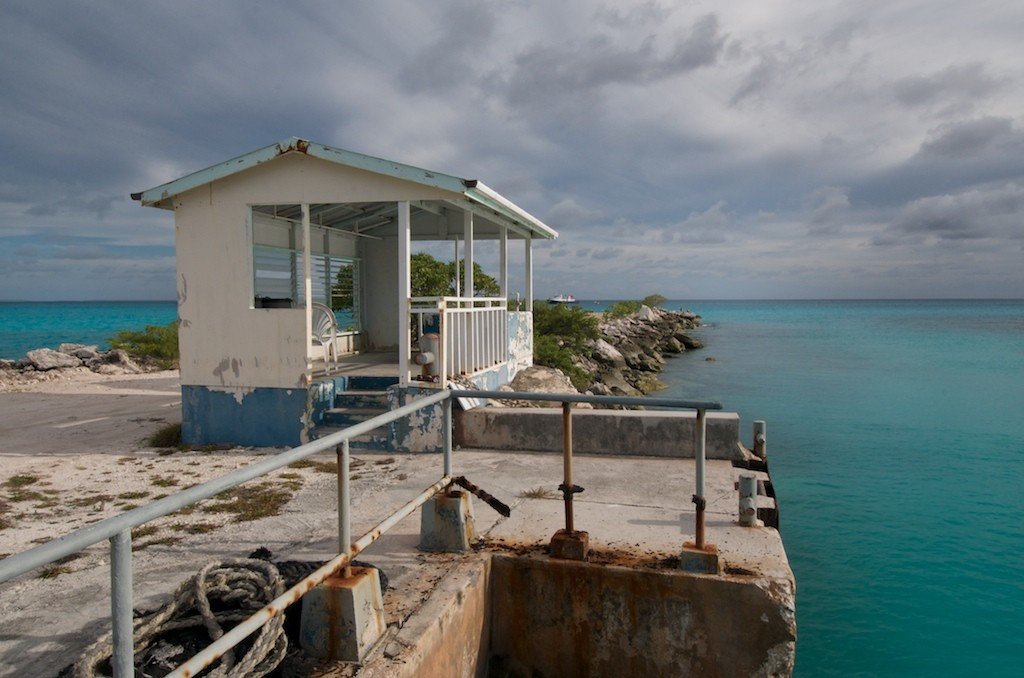
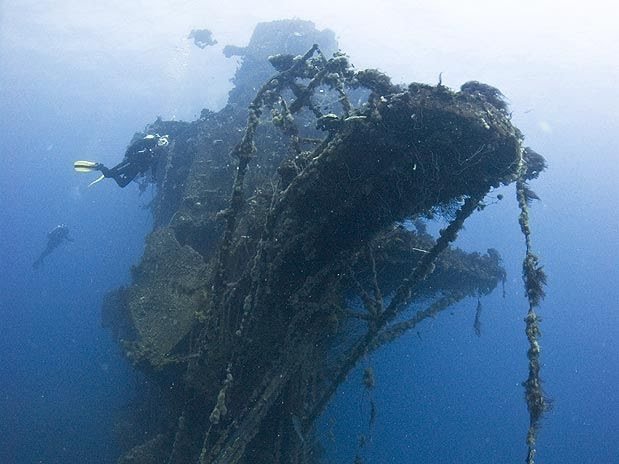
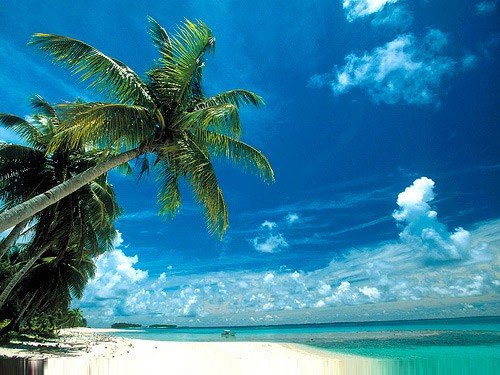
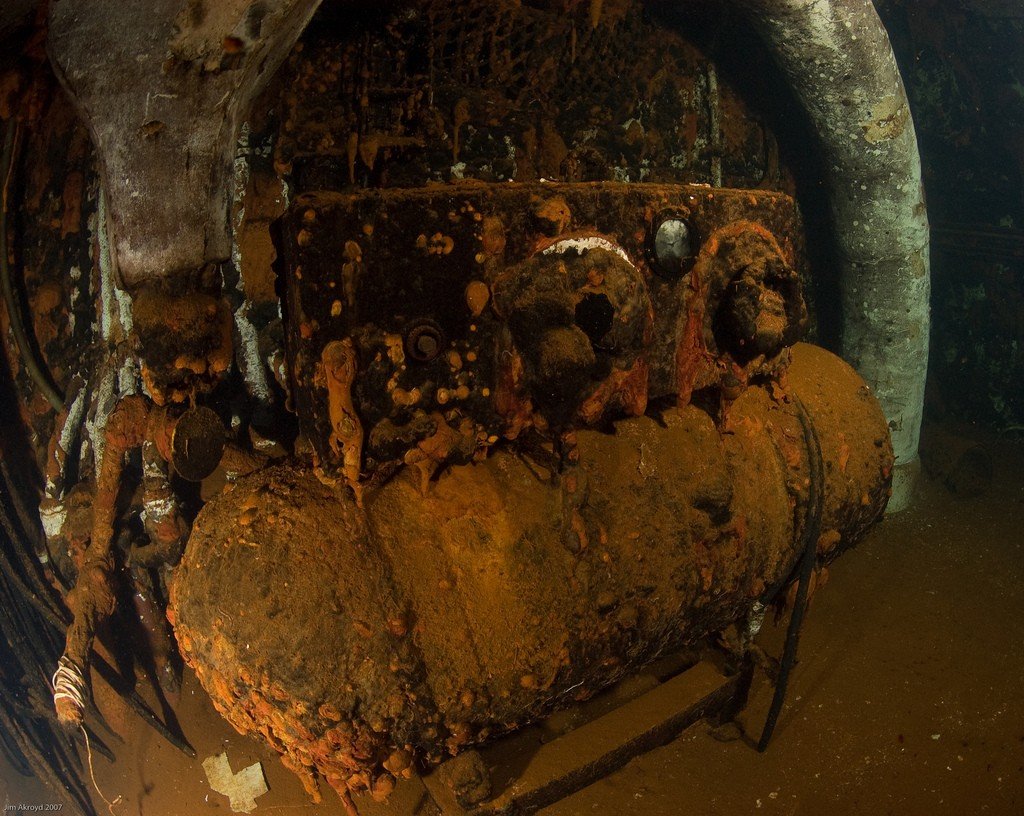
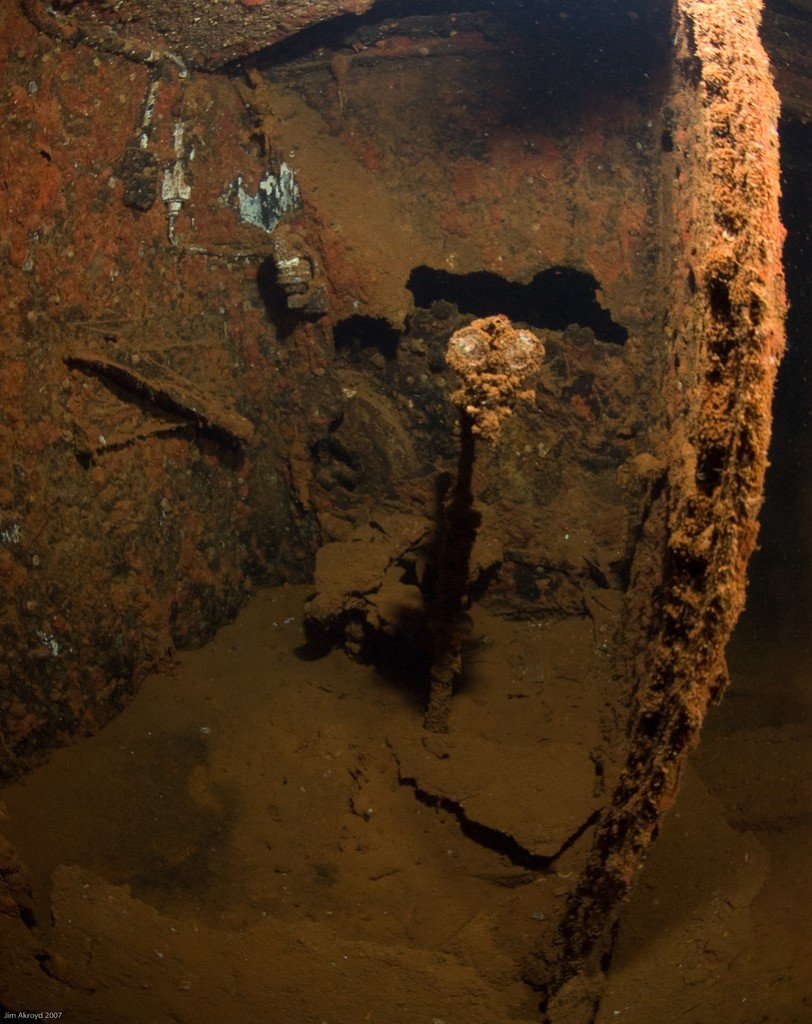
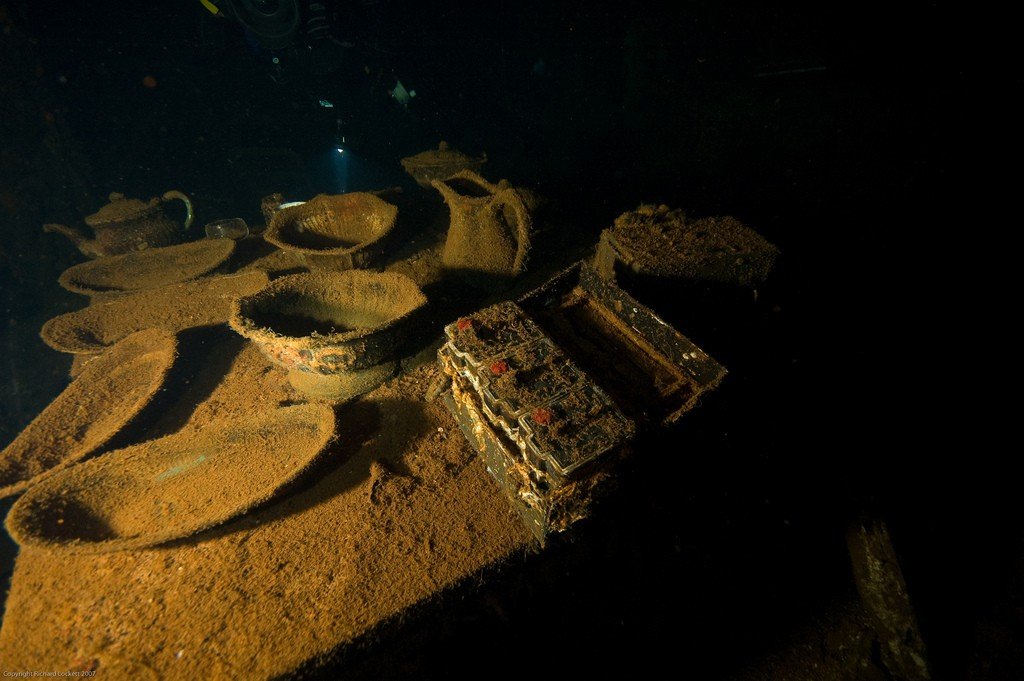
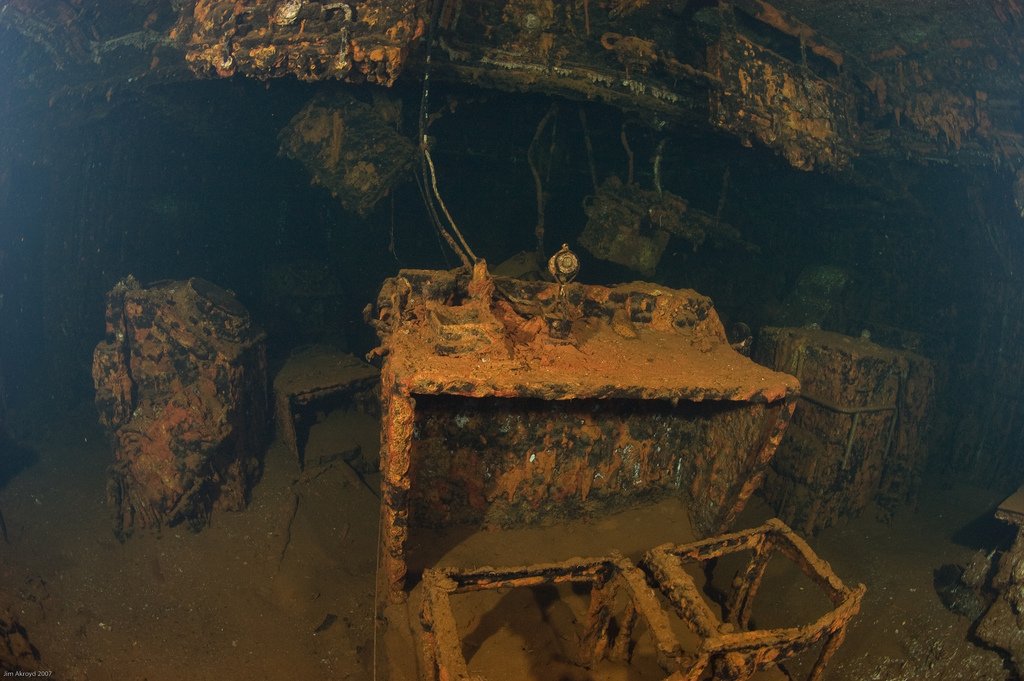
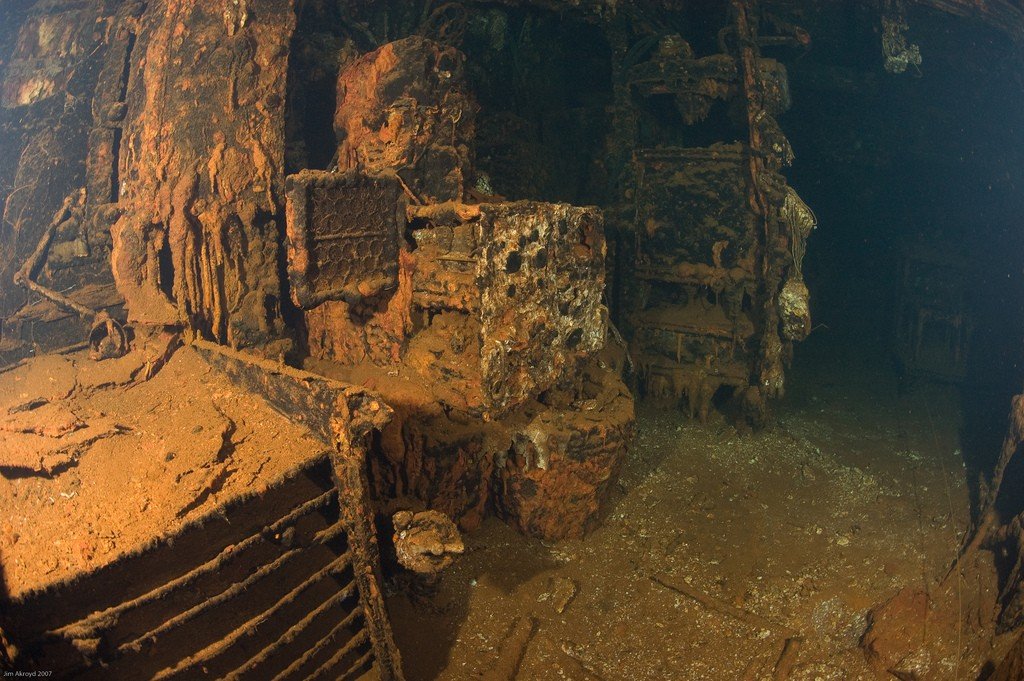
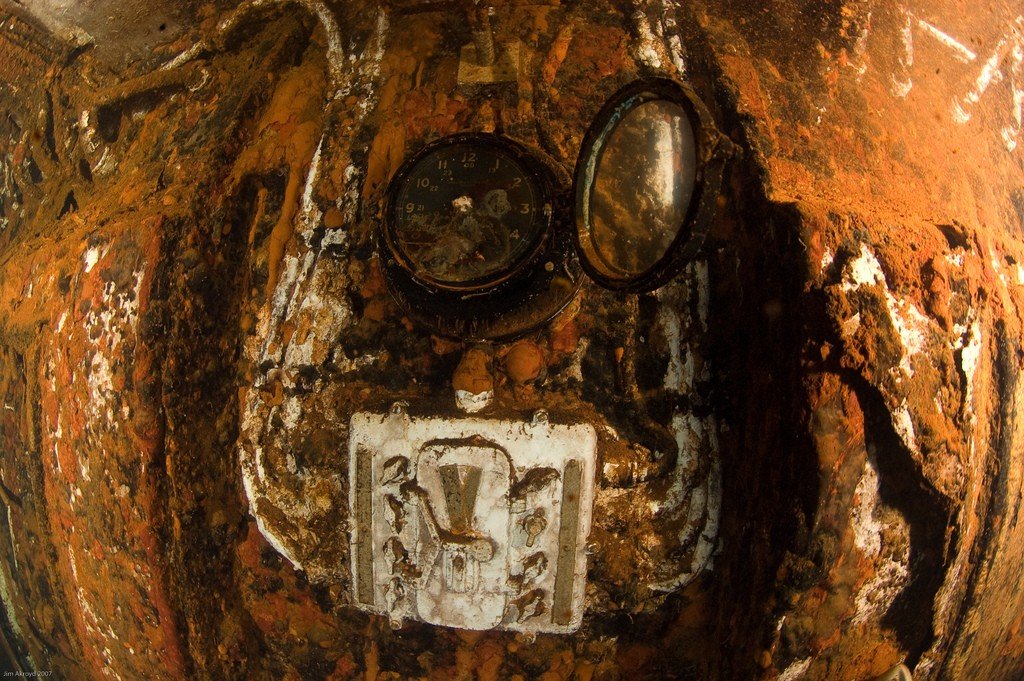
History
According to Marshallese mythology, the island was created by the god Lova.
Bikini was first discovered by Europeans in 1825. It was made by Russian captain Otto Evstafievich Kotzebu, who named the island “Eschscholtz Atoll” in honor of Johann von Eschschscholtz. Subsequently, many merchant, whaling and missionary ships sailed past the island.
.
Up until 1986, when the U.S. officially recognized the independence of the Republic of the Marshall Islands, the atoll changed hands. In just 100 years, it was owned by Spain, Germany, German New Guinea, Japan, and the United States.
.
In the 1860s, the first German copra traders began to appear in the Marshall Islands, and in 1874 Spain officially announced its claim to the archipelago. On October 22, 1885, the Marshall Islands were sold by Spain to Germany, which administered the archipelago through the Jaluit Company. The German protectorate over the islands was officially established on September 13, 1886. As of April 1, 1906, all islands in the archipelago were part of German New Guinea, subject to the District Officer of the Caroline Islands. In 1914, the Marshall Islands were invaded by the Japanese. In 1922, the islands became a League of Nations mandate territory under Japanese administration. In 1947, the archipelago became part of the Mandated Territory of the Pacific Islands under U.S. administration. In 1979, the Marshall Islands were granted limited autonomy, and in 1986 a Compact of Free Association was signed with the United States, under which the U.S. recognized the independence of the Republic of the Marshall Islands. Since then, Bikini has been part of the Republic of the Marshall Islands.
.
In the following months, while preparations were underway to evacuate the natives, the atoll became a very busy place. 242 naval vessels, 156 airplanes, 25,000 radiation measuring devices, and 5,400 test rats, goats, and pigs arrived on Bikini for testing. Over 42,000 military and civilian personnel, all U.S. citizens, participated in the nuclear program conducted at Bikini.
.
In March 1946, in order to finally clear the way for Operation Crossroads (the code name for the nuclear program on Bikini), the U.S. Navy removed the entire indigenous population of Bikini to Rongerik Atoll, which had previously been uninhabited because it was considered uninhabitable by the natives (and inhabited by evil spirits). The total area of Rongerik was six times smaller than the area of Bikini.
.
In 1954, four years after the hydrogen bomb test on Bikini Atoll, scientists who explored the one and a half kilometer crater formed after the explosion, found underwater completely different from what they expected to see: instead of a lifeless space in the crater bloomed large corals with a height of 1 m and a trunk diameter of about 30 cm, swam a lot of fish – the underwater ecosystem was completely restored.
.In August 2010, Bikini Atoll was inscribed on the UNESCO World Heritage List.
.At present, the radiation background on Bikini Atoll does not exceed standard values and is even lower than in many major cities of the world. The water and air on the atoll have been completely cleaned up.
.
After a 3-year hiatus, in April 2011, the Marshall Islands government decided to resume regular tourist operations on Bikini.
.Tourists
Today Bikini Lagoon is a real accumulation of relics of World War II, so despite the danger of radiation sickness, in the last 10 years there are real dive tours for extreme divers who are attracted not only by the wrecks, but also by the colossal accumulations of living organisms that inhabit the lagoon (do not forget, that for more than 60 years no one has hunted marine animals or fished here, and the radiation background has led to the formation of an analog of the “Chernobyl zone”, where a huge number of marine creatures demonstrates the amazing flexibility of natural communities in relation to the most unfavorable environmental conditions).
Bikini Lagoon is famous for the sheer number of ship and airplane wrecks that lie there, including the world’s only sunken aircraft carrier, the USS Saratoga, and the USS Nagato, from which Japanese Navy Commander Yamamoto Isoroku ordered the attack on Pearl Harbor.
.The following ships were sunk in the Bikini Atoll lagoon during the nuclear tests:
.- The aircraft carrier Saratoga – (displacement 36,000 tons; length 268 meters). It is the world’s largest shipwreck accessible to divers.
- Apogon submarine – (displacement 2,391 tons; length 95 meters). .
- Cruiser “Arkansas” .
- Cruiser “Prinz Eugen”
Interesting Facts
- Arkady Strugatsky co-authored with Lev Petrov the story “Ashes of Bikini” (1956). It was Strugatsky’s first publication.
- The events of Janusz Wiszniewski’s novel of the same name unfold on Bikini Atoll. .
- The name of the women’s bathing suit bikini came from the name of this atoll, more precisely – the trials that took place there in 1946.
- The events of the cartoon “SpongeBob SquarePants” unfolded on Bikini Atoll.
- On December 22, 1946, the last of the German heavy cruisers, the Prinz Eugen, capsized and sank after three nuclear tests.
